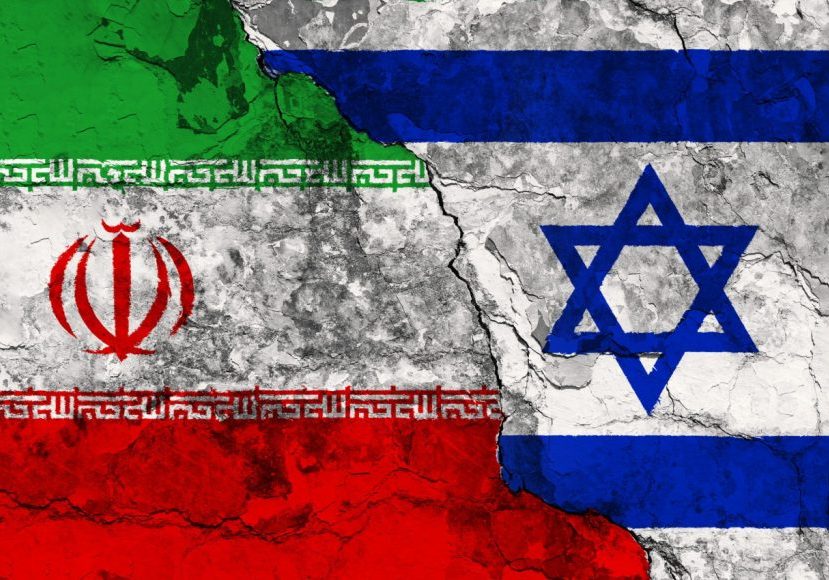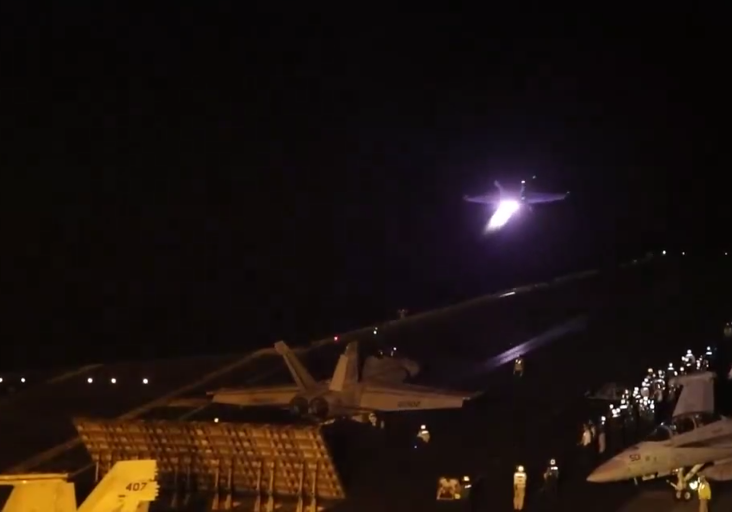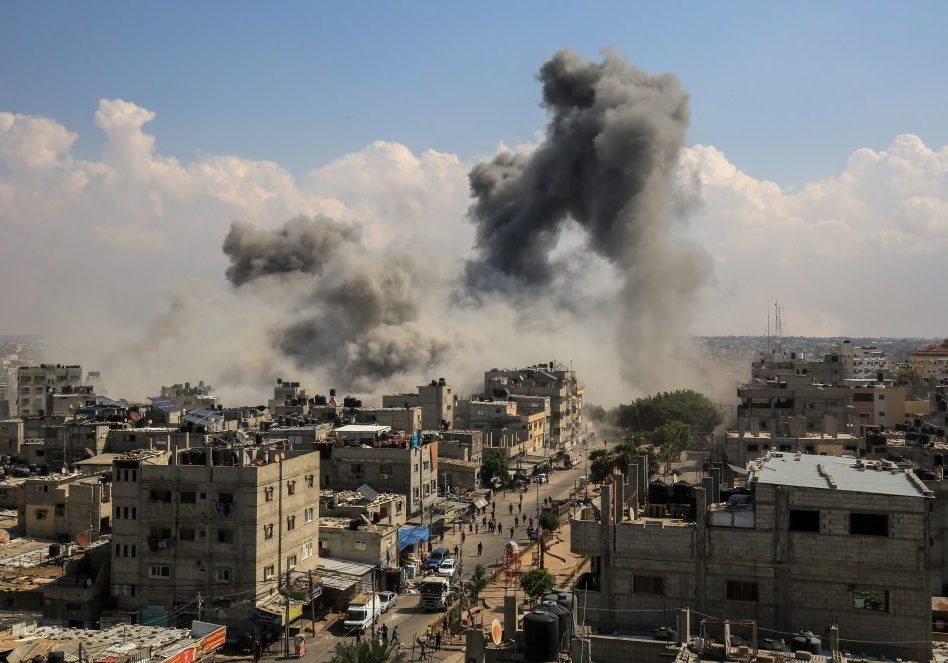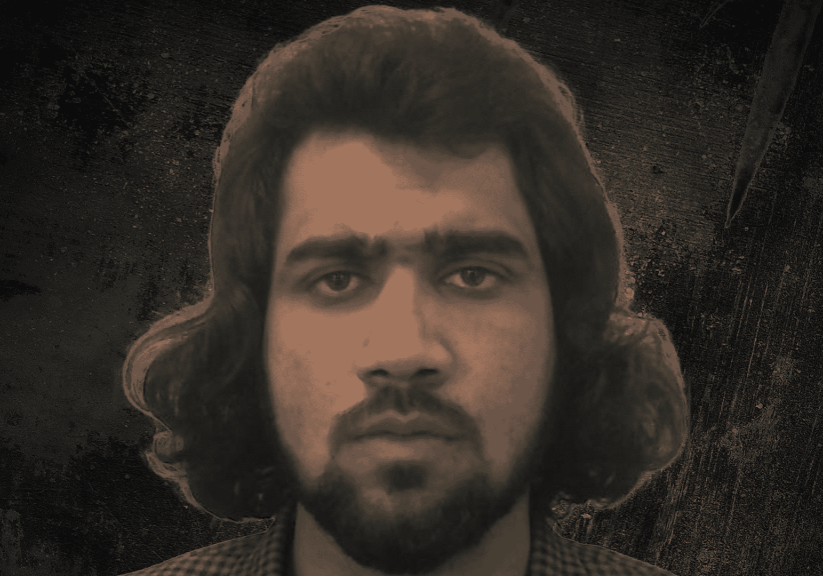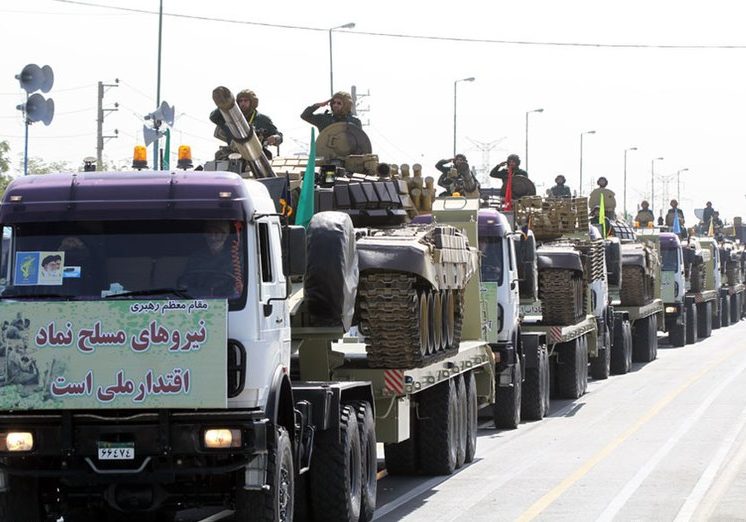Australia/Israel Review
The Petraeus-Crocker Report: An Assessment
Oct 1, 2007 | Michael Eisenstadt
By Michael Eisenstadt
In mid-September, a series of congressional hearings and media interviews by Gen. David Petraeus, commander of the multinational forces in Iraq, and Ambassador Ryan Crocker, US Ambassador to Iraq, offered insights into the US strategy in Iraq, and several yardsticks by which future progress there may be evaluated.
Encouraging Numbers
In his testimony to Congress, Gen. Petraeus stated that “the military objectives of the surge are, in large measure, being met.” According to him, overall weekly attacks, mass-casualty events, improvised explosive device (IED) incidents, and Iraqi civilian deaths are down – in many cases significantly so (e.g., 50% or more).
The general also made this noteworthy declaration: explosively formed penetrator IED attacks by Iranian-backed Shi’ite “special groups” have nearly doubled in the past six months. These attacks accounted for a third of all combat deaths and nearly three-quarters of all casualty-producing attacks on US troops in Baghdad in July. This indicates that Iranian-supported Shi’ite insurgents are an increasingly important factor in Iraq’s security equation, adding an additional layer of complexity to the conflict environment.
The first test of whether the coalition can maintain the progress cited by Petraeus will come during Ramadan, which began on Sept. 13. If historical trends hold, violence will spike during the holy month, followed by a two- to three-month lull in winter and then an increase in spring. Developments in the coming months should be analysed against the background of these historical variations in the religious and seasonal calendar.
Setbacks for al-Qaeda in Iraq
Petraeus noted that the tribal backlash against al-Qaeda in Iraq (AQI) in Anbar Province “may be the most significant development of the past eight months.” Although the beginning of the backlash in the [northern] Autumn of 2006 preceded the surge, the tribal movement was strengthened by the addition of four thousand US troops to the province. The troop increase has led to a partnership between anti-AQI tribes and Coalition forces, which in turn has dramatically reduced attacks. The backlash appears to derive from several factors: popular revulsion against the ideology and brutal methods of AQI; the threat it poses to the autonomy of the tribes and their way of life; and the challenge it poses to the tribes’ economic interests.
The coalition is trying to replicate this success in places such as Diyala and Ninevah provinces. Coalition officials hope that similar tribal backlash develops against the Mahdi Army in Shi’ite regions. It is not clear, however, whether efforts elsewhere can succeed on more than a limited basis.
The Coalition’s tribal strategy faces several problems: keeping the fractious anti-AQI tribal Coalition together, safeguarding tribal loyalty to the coalition if AQI ceases to be a threat, and ensuring that efforts to incorporate tribal militias into the Iraqi security forces do not set the stage for a more violent civil war. Success will depend on the ability of Coalition forces and the Iraqi government to provide incentives that preserve these newly formed relationships. There are already promising signs that these efforts are influencing the Iraqi government to adopt a more flexible attitude toward the Sunnis.
Elusive Reconciliation
The surge was intended to improve security in Baghdad and, according to Ambassador Crocker, gain the “time and space” needed for national reconciliation. A secure environment would presumably allow politicians to make the painful yet necessary compromises to end Iraq’s civil war. A more secure environment alone, however, will not determine success. Several other factors are vital for settlement of a civil war: a military stalemate that prevents both sides from achieving their objectives by military means; an emerging consensus over the terms of settlement; and the presence of authoritative leaders capable of speaking and negotiating on behalf of their respective constituencies. Unfortunately, none of these conditions are currently present in Iraq.
Although most Iraqis are weary of the violence, many combatants appear eager to continue. And while most Iraqis do not want Coalition forces to leave just yet (according to a recent poll conducted for US ABC News), there are a number of Sunnis and Shi’ites who hope for a US withdrawal so they can wage war on their own terms.
The political gap between Sunnis and Shi’ites remains broad. Many Sunni Arabs are unwilling to negotiate with a government that is the product of a foreign power and composed of Iran-affiliated Shi’ite parties committed to consolidating their own primacy. Major differences over oil, federalism, and de-Baathification also remain. For instance, the Kurdish parties and the Supreme Islamic Iraqi Council (formerly SCIRI) support a loose form of federalism, while the Sadrists and most Sunni Arabs favour a unitary state with a strong central government. On the ground, the Shi’ite and Sunni communities are deeply divided.
For these reasons, top-down reconciliation in Iraq seems unlikely anytime soon. This is why Ambassador Crocker emphasised in his testimony that progress toward national reconciliation “may come in many forms” and could require the Coalition to “help Iraqis consolidate… positive developments at local levels and connect them with the national government.”
Outlook
Progress in war is rarely linear – and the war in Iraq is no exception. Despite promising developments, many things could go wrong in the coming months: the tribal coalition in Anbar could crumble or turn on the Coalition; plans for a referendum over the future of Kirkuk could inflame ethnic violence; intensified inter-Shi’ite violence in Basra (in the wake of the British pullback) and in the holy cities of Najaf and Karbala could force the coalition to reinforce the south to the detriment of security elsewhere; and the fall of the al-Maliki Government could present major problems, as well as possible opportunities, for the Coalition.
The real test will begin after the surge ends, assuming US forces begin drawing down in large numbers next year, as seems probable at the moment. If security gains made before the expected troop reduction cannot be sustained afterward, political and sectarian violence will likely increase, jeopardising the future of the Iraqi security forces and prospects for national reconciliation.
![]()
Michael Eisenstadt is a senior fellow and Director of the Military and Security Studies Program at the Washington Institute for Near East Policy. © Washington Institute, reprinted by permission, all rights reserved.
Tags: Iraq


